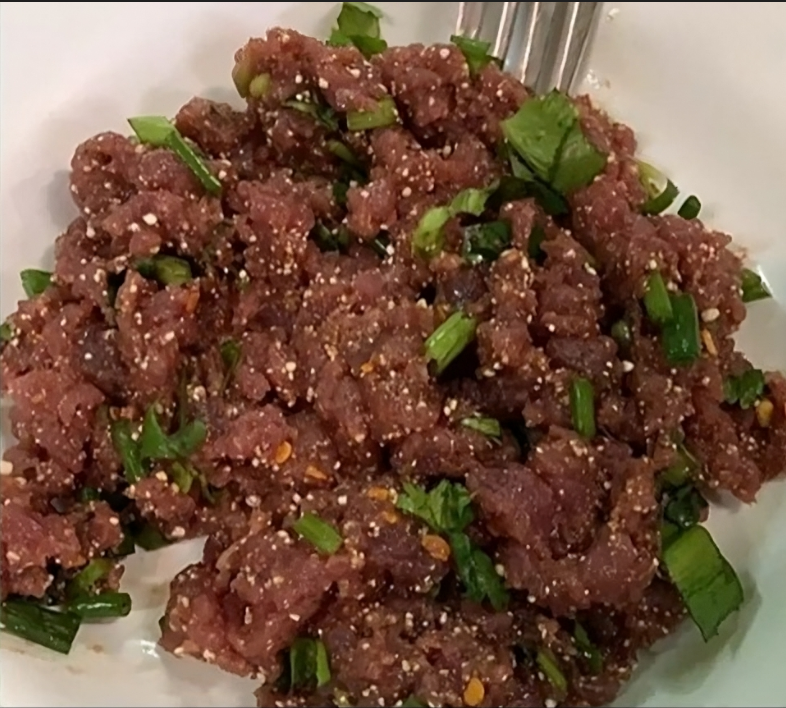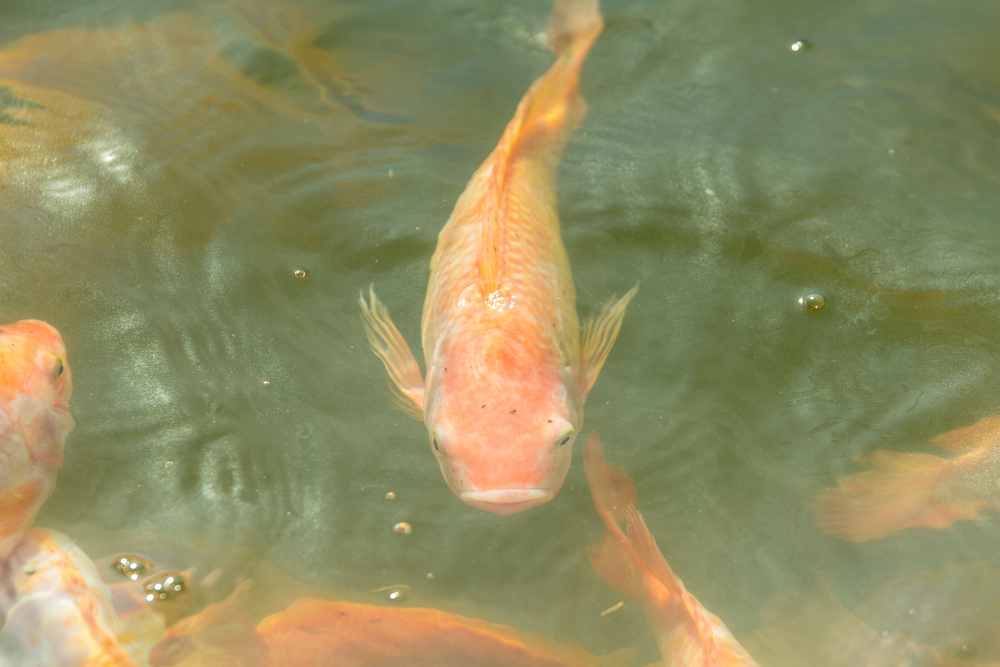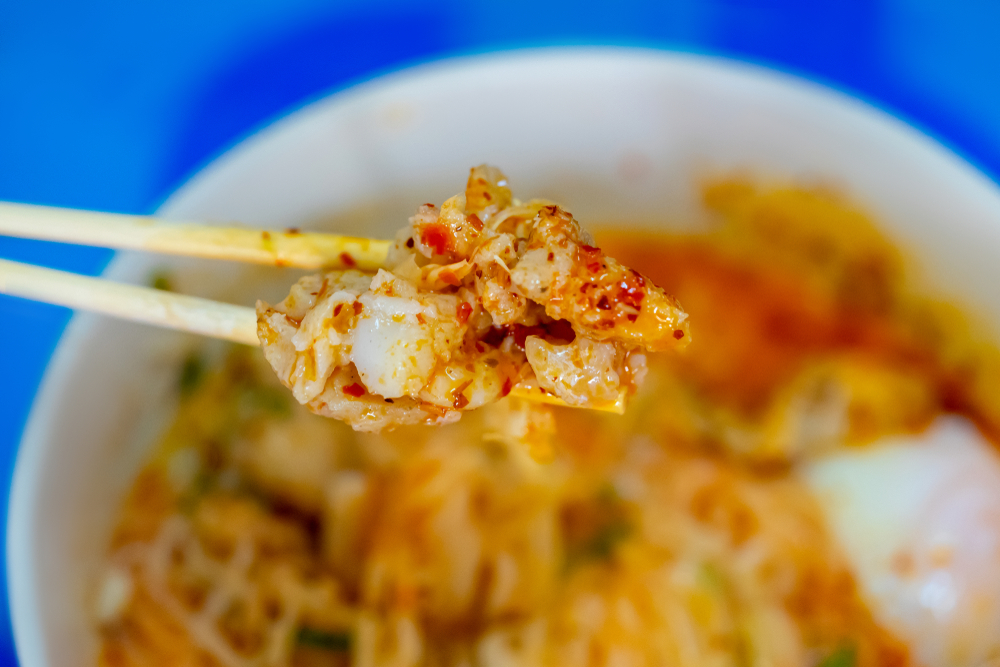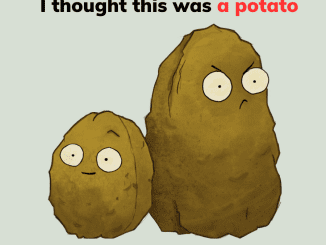Thai cuisine is globally loved for its bold flavors and vibrant spices. But did you know that one particular dish could actually put your health at serious risk? Meet Koi Pla, a popular delicacy enjoyed mainly in Thailand’s northeastern province of Isaan. It’s a spicy raw fish salad that might seem delicious at first bite, but this seemingly innocent dish carries a hidden and deadly threat—liver cancer. Let’s uncover why eating Koi Pla can be extremely dangerous, the role of a parasitic flatworm in this hazard, and what’s being done to stop it.
What Is Koi Pla, and Why Is It Popular?

Koi Pla is a traditional dish in Isaan, made with minced raw freshwater fish mixed with herbs, spices, and a splash of lime juice. The dish is a local favorite due to its spicy flavor and its deep cultural roots. It’s considered a staple in many rural communities, served at family gatherings and local events. However, beneath its zesty surface lies a health risk that could lead to life-threatening consequences.
But why is Koi Pla so dangerous? The answer lies not in its preparation but in its main ingredient—raw fish, which is often infected by a deadly parasite.
The Liver Fluke: The Real Villain Behind Koi Pla
The liver fluke, scientifically known as Opisthorchis viverrini, is a small but dangerous parasitic flatworm found in freshwater fish of the Mekong River basin, which includes the rivers of Isaan. While the fish itself is not toxic, it can act as a host for these parasitic worms. When consumed raw or undercooked, infected fish pass these parasites on to humans, where they can wreak havoc on the liver.
Here’s how the infection works: the parasitic larvae enter the human digestive system and make their way to the liver. Once inside, they latch onto bile ducts and start feeding on bile, causing inflammation and scarring over time. This chronic damage can lead to serious conditions like cirrhosis or hepatocellular carcinoma, a deadly form of liver cancer.
How Liver Fluke Infection Develops into Liver Cancer
Once inside the body, the liver fluke can live for decades. It causes a slow, destructive process that often goes unnoticed until it’s too late. The constant irritation and inflammation caused by the parasite lead to scarring and eventual changes in liver cells, which can turn cancerous.
What makes liver fluke infection particularly dangerous is its long incubation period—sometimes taking years before any symptoms become evident. Symptoms can include digestive issues, jaundice, fatigue, and weight loss, all of which can be mistaken for other less serious health problems. By the time liver cancer is diagnosed, it is often in an advanced stage, making treatment challenging.
Dr. Narong Khuntikeo: The Surgeon on a Mission to Save Lives
Dr. Narong Khuntikeo, a renowned liver surgeon from Thailand, is at the forefront of a campaign to educate people about the dangers of consuming Koi Pla. Tragically, he lost both of his parents to liver cancer caused by liver fluke infections. This personal loss fueled his dedication to spreading awareness about the dish and the health risks it poses.
Describing the situation in Isaan, Dr. Khuntikeo said, “It’s a very big health burden around here, but nobody knows about this because they die quietly, like leaves falling from a tree.” His words paint a somber picture of how the disease silently claims lives.

He and his team conduct regular health screenings in rural villages, using mobile ultrasound machines and urine tests to detect liver fluke infections early. So far, they’ve found that up to 80% of some communities have consumed the parasite, with a significant percentage showing abnormal liver symptoms. Despite the high infection rates, awareness about the risks of eating Koi Pla remains low.
Efforts to Combat the Koi Pla Health Crisis
Dr. Khuntikeo’s work goes beyond testing and treating individuals; he’s actively pushing for preventive measures. His campaign includes educational workshops, public health initiatives, and collaboration with local schools to teach children about the risks of eating raw fish. He believes that teaching the younger generation about safer eating habits can break the cycle of infection and reduce the incidence of liver cancer in the long term.
The Thai government has also stepped in, launching broader health campaigns that promote safer eating practices. These efforts include improved sanitation, stricter regulations for food preparation, and health education programs in schools. Authorities are also working with neighboring countries in the Mekong region to tackle the liver fluke problem at its source, as the parasite is endemic across the region.
What Are the Alternatives to Eating Koi Pla?

While Koi Pla may be a traditional delicacy, there are safer alternatives for enjoying Thai cuisine. Cooking fish thoroughly is the simplest and most effective way to eliminate liver fluke larvae, making it safe to consume. Other cooking methods, such as grilling or boiling, are common in Thai cuisine and offer similar flavors without the risk.
For those who crave the taste of Koi Pla, there are alternative recipes that use cooked fish while retaining the spicy, tangy flavor that the dish is famous for. Using fish sauce, lime juice, and traditional herbs can still provide the authentic taste, minus the health hazards.
Conclusion: A Deadly Bite with Serious Consequences
The dangers of eating Koi Pla highlight a serious public health issue in Thailand’s Isaan region. With liver cancer rates among the highest in the world, it’s crucial to address the root cause: liver fluke infections from raw fish consumption. Dr. Narong Khuntikeo’s work, combined with government efforts, aims to change public perception and reduce liver cancer cases through education, early detection, and safer eating practices.
As awareness grows and alternative eating habits become more common, there is hope that fewer lives will be lost to this preventable disease. While Koi Pla may be a beloved dish for many, it’s a stark reminder that not all traditional foods are safe. Sometimes, even a single bite can carry deadly consequences.


